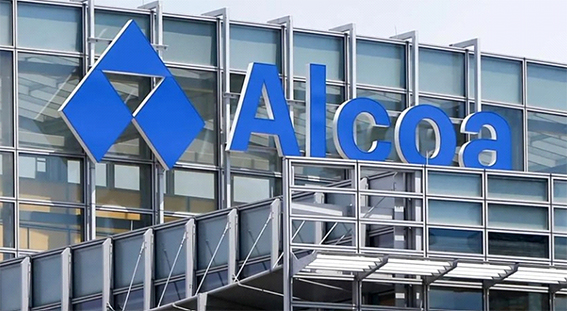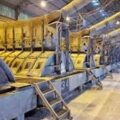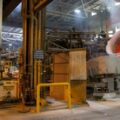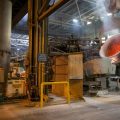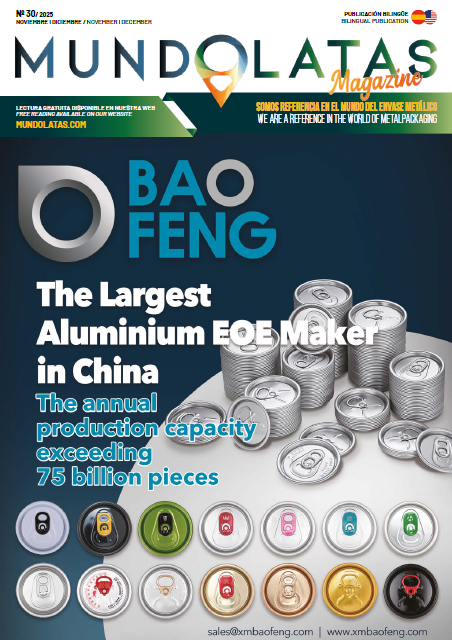Multinational Alcoa Corporation announced results for the second quarter of 2023 that included higher sequential revenues as increased shipments outpaced lower average realized prices. Specifically, it generated revenues of $2.68 billion while executing a new multi-year agreement to supply up to 15.6 million metric tons of alumina to Emirates Global Aluminum over an 8-year period beginning in 2024.
“While we saw lower prices during the second quarter, our global teams have worked to address near-term challenges and drive operational improvements.”
Alcoa President and CEO Roy Harvey said, adding that “we expect to see a financial improvement in the third quarter of 2023, as the alumina and aluminum segments are forecast to have reduced costs for raw materials and production.”
“During the first half of the year, we have kept up with solid demand for value-added aluminum products, giving us access to a variety of end-use markets,” added Alcoa’s CEO. “As we look to the future, we remain excited about the future because aluminum is a critical material, and we offer low-carbon solutions for our customers through our SustanaTM family of products.”
In addition, total third-party revenues by the multinational were $2.68 billion increasing 1 percent sequentially with higher shipments in the alumina and aluminum segments, which partially offset lower average realized third-party prices for alumina and aluminum of 2 percent and 5 percent, respectively.
Conversely, in the alumina segment, third party alumina shipments increased by 11 percent sequentially, mainly due to increased trade. Third-party shipments in the second quarter of 2023 include alumina purchased to offset lower production.
In aluminum, total shipments increased 4 percent sequentially due to increased absorption under a joint venture supply agreement and higher volumes from European smelters. Most of the volume increase is attributable to value-added aluminum products, mainly smelting and high purity.
Likewise, alumina production decreased 7 percent sequentially to 2.6 million metric tons mainly due to lower production at the Alumar refinery in Brazil, which was undergoing unplanned maintenance. In addition, some Australian refineries had lower production as anticipated due to lower grade bauxite. Increased production at the San Ciprian refinery in Spain partially offset the decreases.
Consequently, in aluminum, Alcoa produced 523,000 metric tons, a sequential increase of 1 percent above the strong first quarter production.

